The road from Rabat to Tangier with stops in Sale, Larache, and Assilah – Morocco
Sale
Short Description. Near Rabat, I stopped in the medina of Sale at the main mosque and the adjacent medersa, then at the exotic gardens of Bouknadel. In the evening I stayed at a hotel in Larache.
Long Description.
I had just left Rabat and stopped in Sale right away. Sale was a small town situated on the other side of the Oued Bou Regreg river, opposite Kasbah les Oudaias in Rabat. Sale had a small medina – like most of the towns in Morocco, built in a typical Arabic style and surrounded by crenelated defense walls.
I entered the medina through Bab Khebaz gate and discovered new, modern houses even inside the old fortifications. However, as you walked toward the center of the medina, houses got older and older and streets narrower and narrower. Only a few people walked down the streets early in the morning. At that hour, locals were arranging their stalls with products for sale, and the commercial streets seemed to reduce to a single one – Souq el-Kebir.
As I approached the great mosque – one of the oldest in Morocco, and its attached medersa, the alleys in the medina became narrower and winding at every corner. Sometimes, streets gradually transformed into stairs to adapt to the slope of the original terrain. Houses in the medina were all white, and colors could be found only at the monumental entrances of the mosque and the Koranic school – both finished with natural stone and intricate decorations.
In the past, the Merinids’ medersa had a prayer hall and a teaching room on the ground floor while students’ rooms stood upstairs. I did not expect a medersa with such a richly decorated inner courtyard in a small town. The inner courtyard featured colorful mosaics, ingeniously ornamented stuccoes, and meticulously inlaid wood friezes. It seemed that the talent of Arab craftsmen was the same everywhere regardless of the size or importance of the city. The number of ornaments and decorations in the medersa was impressive, but not overwhelming – the combinations between stuccoes and wood looked balanced and harmoniously dosed.
I returned to the car along the very-well-preserved fortification walls. There was a Muslim cemetery attached to the Mausoleum of Sidi ben Ashir at Taleb on the edge of the medina. And opposite the mausoleum, there was Borj ad Dumu – an isolated bastion, almost deserted, but modernly refurbished with stairs and ramps for disabled people.
From Sale, I chose the road running along the sea and heading to Larache. I hadn’t driven much and saw a sign indicating the entrance to the exotic Gardens of Bouknadel – a complex of vast gardens belonging to the Mohammed VI foundation. A labyrinth of alleys connected areas with different plants, lush vegetation, aviaries, trees, and shrubs of different colors, sizes, or with fruits, as well as water pools, bridges, and pavilions. The gardens looked a bit like Jardins Majorelle in Marrakesh, but they were bigger and unknown to tourists. I felt like exploring an adventure park with footbridges and paths hidden within vegetation. However, as I was hungry, I didn’t have the patience to stroll through all parts of the gardens. I found a fast-food caravan at the exit of the gardens and quickly had a kebap-sandwich for lunch there.
I wanted to spend the night in Larache, but it seemed impossible to find a reasonably-priced hotel on the internet. So I randomly chose a hotel listed in the Lonely Planet guide. I parked the car near the hotel, then knocked at the hotel’s door. They immediately gave me a room at the same price listed in the guide. Everything was perfect. Nevertheless, the receptionist didn’t help me carry the suitcase up the steep stairs to the first floor.
Larache or Assilah?
Short Description. It was raining cats and dogs in Larache all day long. At noon, I decided to go to Assilah, where I enjoyed a sunny afternoon in the medina full of graffiti.
Long Description.
I stayed in the hotel room all morning and waited for the torrential rain that took over Larache to stop. I checked the meteoblue app every five minutes and studied where it would be sunny in the neighboring region. The app predicted rain in Larache until late in the afternoon. But in the afternoon, it should have been sunny in Assilah – the next town where I planned to go to (45 kilometers from Larache). I was forced to decide what to do at noon when I had to leave the room or pay for another day. Eventually, I decided to go to Assilah without visiting Larache. However, I would have returned to Larache if the weather had improved the following day.
I quickly booked a room in a hostel and headed to Assilah. When I got there, the rain had just stopped, and the sun shone above the medina. I stopped at the only restaurant in the neighborhood near the hostel. It seemed closed, but I saw the owners having lunch somewhere inside the main dining room. I asked them for something to eat, so they prepared a delicious sheep tajine with dried plums for me. I was their only client, so I had the whole restaurant only for myself.
On the way to the medina of Assilah, I passed through the new neighborhood of the city – a neighborhood with chic villas of European influence (including a Catholic church) lining up along a street with geometrically trimmed trees and palm trees.
The medina in Assilah stood by the sea and, typical of Morocco, featured old fortifications built by the Portuguese in the Middle Ages. You could see the medina with white houses and blue windows, doors, and shutters (similar to Essaouira) from the dam near the port. All photos I took had a dramatic sky, with grey clouds moving toward the south, toward Larache.
The main entrance to the medina was through a gate next to the great mosque and it led to Place Abdell Guennon – the largest square in the medina, full of children coming out from school in the afternoon. Well-preserved houses featured immaculate, white walls, with blue windows, gates, and shutters. Despite they had initially been white, less-preserved houses had a gray color, covered with dirt stripes. Streets in the medina were pedestrian, narrow, and with sudden angle shifts.
Assilah was known as the City of Arts and it featured graffiti drawn on the walls of the houses by nearly 50 artists who lived in the old medina. A cultural festival took place in Assilah every year. The old graffiti were covered in white, while the artists created new drawings on the walls of the medina. These graffiti brought an explosion of colors – sometimes very strident, but full of life, in addition to the predominant blue of the ancient medina.
You could find a large terrace overlooking the sea somewhere above the fortifications. Young Moroccans came to have fun after school there and, in general, to watch the Atlantic – boys with boys, girls with girls. Assilah didn’t have crowded shopping streets like other medinas. Alleys were empty, without the noise and harassment of traditional vendors. The spirit created by artists and graffiti created a bohemian atmosphere, calmer and more settled. Assilah had the vibe of a cultural city versus the messy atmosphere of the traditional Arab medinas.
In the evening I befriended the girl sitting at the front desk of the hostel. She was Japanese, Tomoko Mori. She had divorced four years before and she had been traveling the world ever since. Every two years she wrote a book about her travel experiences and published it at a publishing house in Japan. Then, she could travel for a few years with the money she earned. Tomoko had stayed in a rented apartment in Assilah, but she felt alone and asked to work at the reception of the hostel in exchange for free accommodation.
Lixus and again Larache
Short Description. The weather forecast looked good, so I returned to Larache for a visit. I stopped at the archaeological site in Lixus near Larache, then headed toward the north of Morocco, to Tangier.
Long Description.
I studied the forecast every five minutes. The weather app predicted a sunny day, so I decided to return to Larache, visit the city, then return to Assilah, and continue to Tangier.
En route to Larache, I stopped at Lixus – one of the oldest archaeological sites in Morocco, listed as a UNESCO tentative heritage site. The Roman site featured a well-preserved commercial area, amphitheater, Roman temples, public baths, and a military quarter for Roman soldiers. It also included a Phoenician tomb, fortification walls dating back to the Phoenician period, and a mosque.
I was the only visitor in Lixus. At the entrance to the site, they explained to me I would have a bodyguard following me during the visit. I talked to the bodyguard while visiting the site, and he started telling me about the history of the site. The site was quite large, without fencing, and the role of the bodyguard was to take care of me especially in the deserted areas, where locals would have threatened me.
When I arrived in Larache, the sky was clear and a cold wind blew from the ocean. I parked near the ruins of Kasbah Qebibat, next to a vacant lot where children played football. Place de la Liberation was a square of Spanish influence, perfectly circular, with many palm trees in the center. It was bordered, though, by typical Arab white buildings with the unmissable blue shutters and porticoes lining up on the ground floor.
The new city had a lively, colorful atmosphere, with buildings of Spanish architecture. The white and the blue dominated the urban image like in many other cities along the Atlantic Coast. A little further, Petit Soko square hosted a bazaar with blue porticoes and a variety of goods on display.
I strolled on some picturesque white-and-blue alleys, which led to other streets full of merchandise. A Moroccan asked me where I come from. When he found out I am from Romania, he said there were many Romanians who worked in the port of Larache and Assilah, and they were all good people. When he found out I studied Architecture, he said he also worked as an architect and guided me to take photos of several picturesque sloping streets. The port area seemed poorer, with dilapidated buildings, usually whitewashed with blue doors, shutters, and windows. Even the street pavement was sometimes painted in blue.
There wasn’t a separated fortified medina in Larache. A brick-facade mausoleum topped by a dome stood on a large platform, opposite to a white-and-blue mosque and a synagogue. On the way to the main square, the route passed a Spanish church – a sign that each domination had left its mark. I had lunch on Larache’s corniche, then drove to Tangier along a secondary road bypassing the highway.
In Tangier, I wanted to treat myself with a more expensive room. Therefore, I booked a room in an affluent neighborhood on the outskirts of the city. Unfortunately, I soon discovered I had reserved a room in the apartment of a Moroccan family, with a shared bathroom. The room was not ready when I arrived. The owners hadn’t cleaned it yet, and the bedding had cat hair. Moreover, the owner kept showing me the price of the room on other sites where it was more expensive. He also tried to persuade me to order breakfast the following morning (very expensive – $5 for bread with jam and the classic melted cheese), but I refused him. In the evening I had a harira soup with them.
If you want to read more about the road trip through Morocco, here are all the Travelogues from Morocco (x21).
Have you been to Morocco or plan to go there? Leave a comment below this post and tell me what you liked in Morocco or what you want to see there.
Want to subscribe to my travelogues? Just leave your email in the subscription form below, and you’ll be notified when I publish a new post.
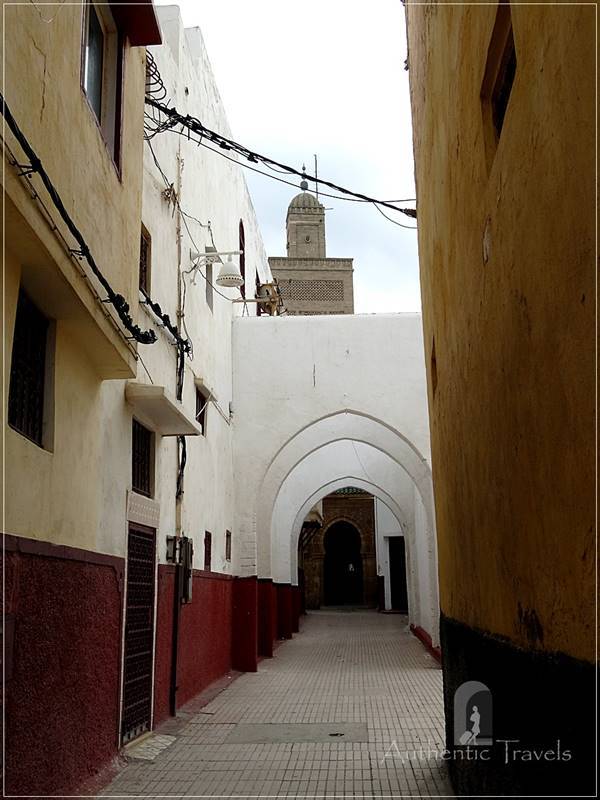
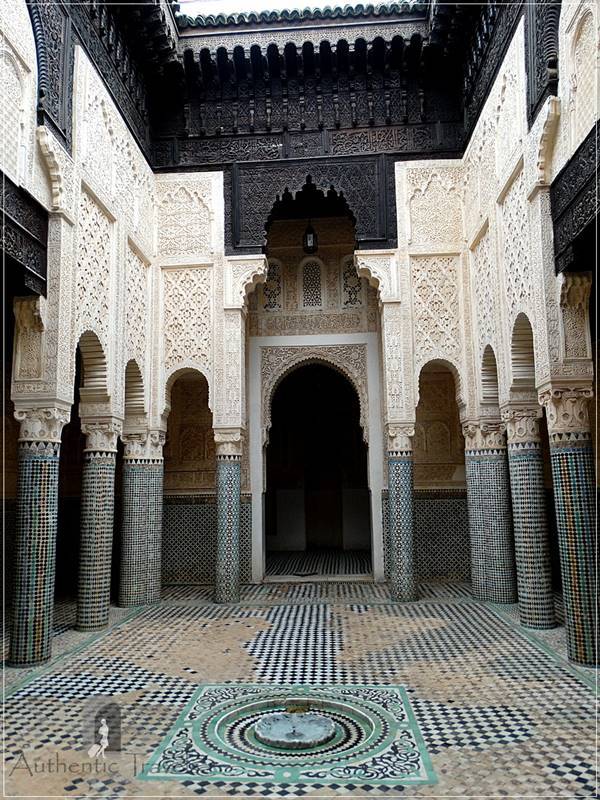
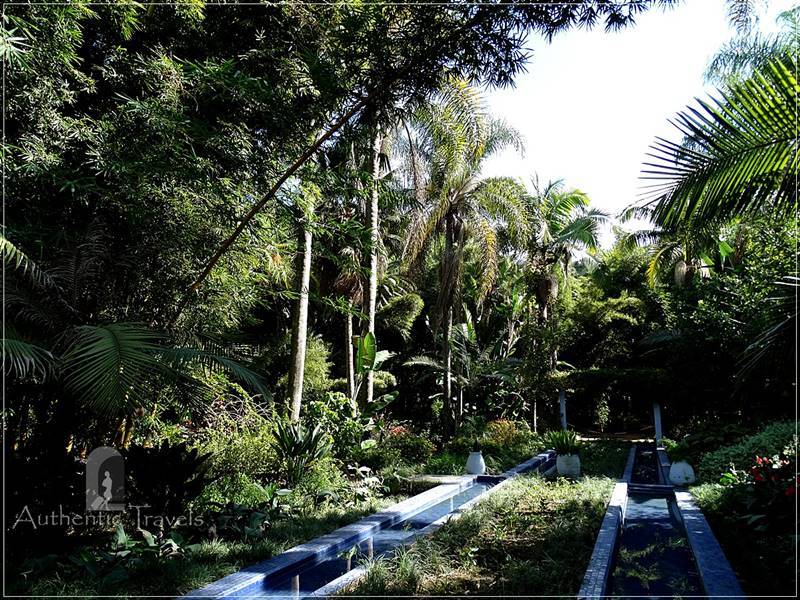
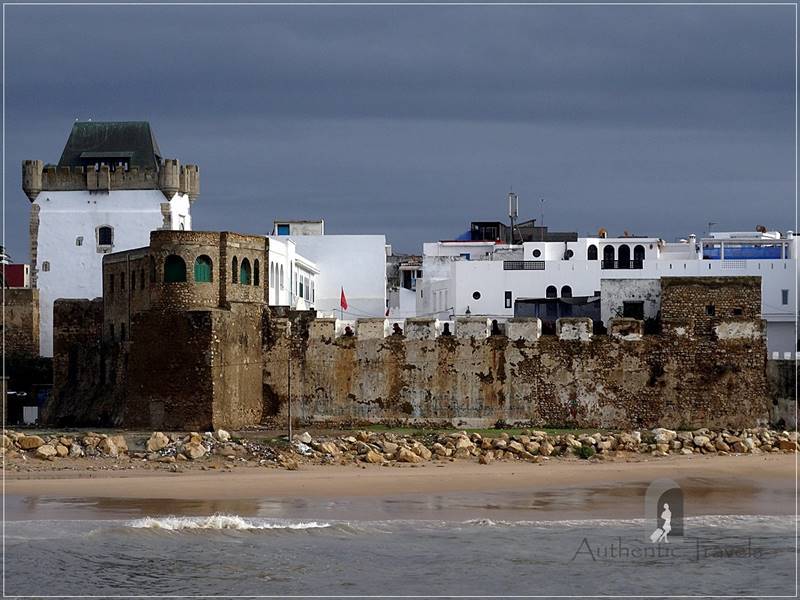
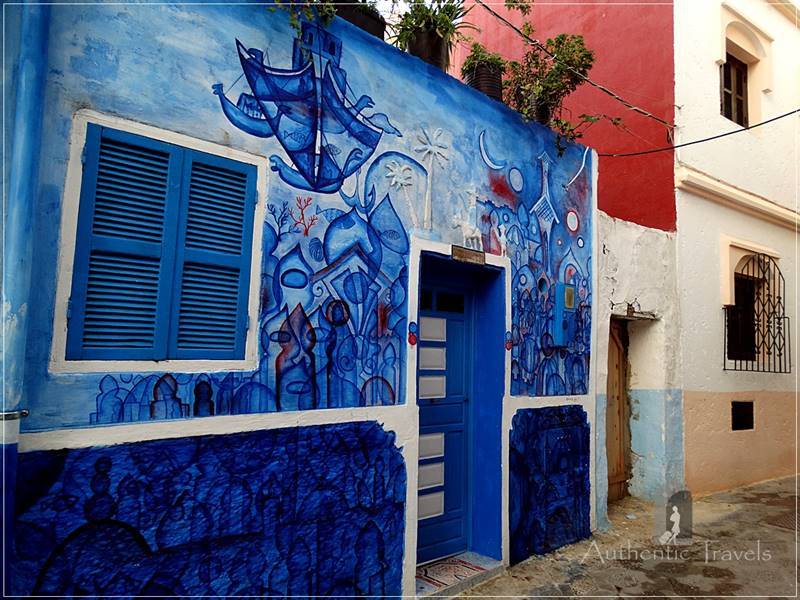
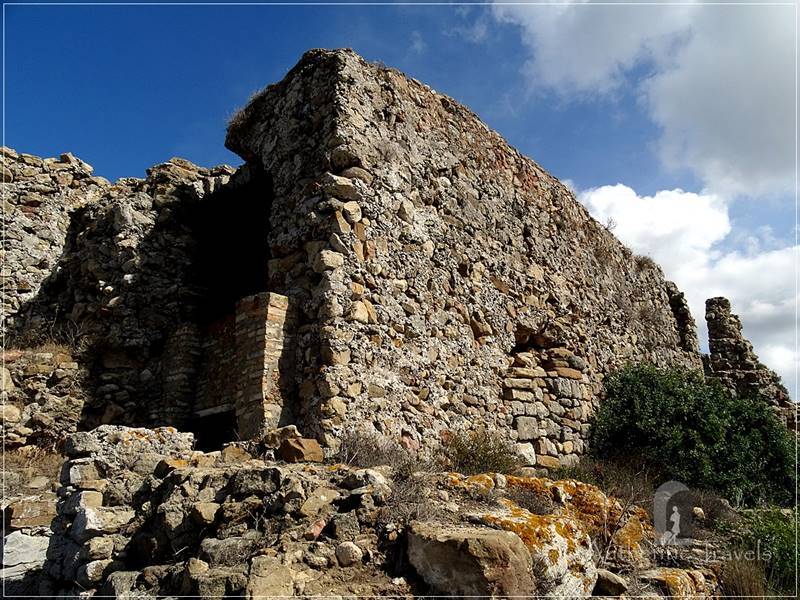
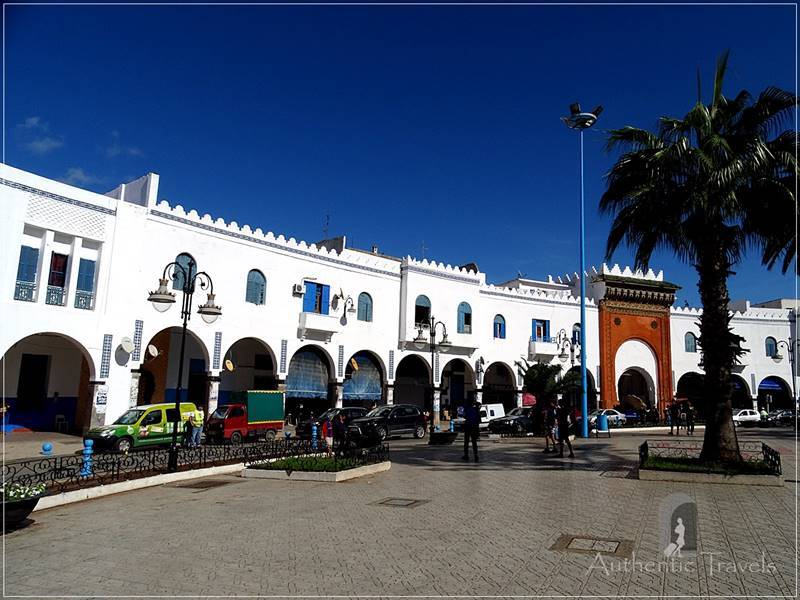

No comments yet.